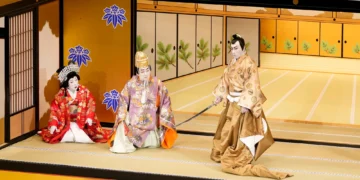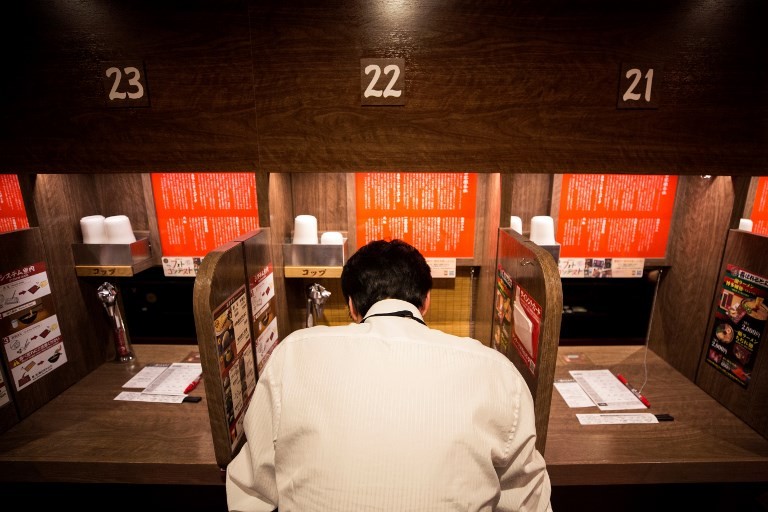Introduction
Shohei Ohtani’s success both in Major League Baseball and back home in Japan is undeniable. He’s a generational talent, achieving feats on the baseball field that haven’t been seen in decades. But there’s been growing concern that the Japanese media may be overexposing him, creating potential audience fatigue. Constantly in commercials, interviews, and headlines, has Ohtani become too much of a good thing? And could the public start getting tired of this endless Ohtani-centric coverage?
Ohtani: A National Hero in the Spotlight
Shohei Ohtani has become a symbol of Japanese pride. Whether he’s dominating on the mound or smashing home runs, his dual role as both a top pitcher and hitter is almost superhuman. Naturally, Japanese media has celebrated Ohtani at every turn, making him a ubiquitous figure across all platforms.
In many ways, this is a reflection of Japan’s cultural tendency to celebrate national heroes with intensity. Ohtani’s accomplishments have earned him the spotlight, and given Japan’s passion for baseball, his constant media coverage isn’t unexpected.
The Risk of Overexposure
However, there’s a fine line between celebrating an athlete’s success and overexposing them to the point of audience burnout. This is where the Japanese media may be overstepping with Ohtani. He’s everywhere—commercials, news reports, interviews, variety shows. While this level of exposure solidifies his status as a superstar, it also risks saturating the public’s interest. When the same athlete dominates every form of media, it can lead to what is called “oversaturation.”
This could turn into a situation where fans, especially casual viewers, might grow bored or even frustrated seeing Ohtani in every corner of the media. Constant repetition and an overload of Ohtani-related content may reduce the excitement people once felt watching his actual games.

The Fuji TV Doxxing Incident
One moment that especially strained the relationship between Japanese media and Shohei Ohtani’s fans was when Fuji TV inadvertently crossed a line by doxxing his Los Angeles home. In 2023, while covering a feature on Ohtani, the station broadcasted images that revealed the exterior of his house in Los Angeles, a serious invasion of privacy. This sparked outrage among Ohtani’s fans and even casual viewers, who saw this as an irresponsible move by the network.
While Fuji TV issued an apology, the damage was done. The incident was a stark reminder of the potential consequences of overzealous media coverage. Ohtani, who has maintained a low profile off the field, was suddenly the subject of unwelcome attention due to careless reporting. This not only embarrassed the network but also raised questions about how far media outlets should go in their pursuit of content.
Media Fatigue and the Future of Coverage
This controversy with Fuji TV highlights the larger issue of how Japanese mass media treats its stars. In the pursuit of higher ratings and maintaining viewership, some networks might push the boundaries of coverage too far. For an athlete like Ohtani, who is constantly in the limelight, the media’s aggressive approach can feel overwhelming for both the athlete and the audience.
Another potential problem is that other athletes and sports stories are being overshadowed. Japan has many talented athletes across different sports, but they are often overlooked because of the media’s singular focus on Ohtani. This imbalance can create frustration, both for those athletes and for fans who want to see a more diverse range of sports coverage.
Striking a Balance
The challenge for Japanese media going forward will be finding a balance. Shohei Ohtani is a once-in-a-lifetime talent, and he deserves to be celebrated, but media outlets must be careful not to push viewers away with repetitive, nonstop coverage. Overexposure can dilute the excitement around Ohtani’s achievements, making his incredible feats feel less special.
If the media can shift its focus slightly to include a wider variety of athletes and stories, it could maintain public interest in Ohtani while ensuring that the audience remains engaged and not overwhelmed. Ohtani’s story is compelling, but no athlete should dominate the spotlight to the point where viewers start to tune out.
Conclusion: Can Ohtani Stay Fresh in the Public Eye?
There’s no denying Shohei Ohtani’s impact on Japanese and global baseball. His skills and accomplishments are legendary, and he’ll continue to make history. But the Japanese media must be mindful of how much they showcase him. Constant overexposure risks not only annoying the public but also invading Ohtani’s privacy, as seen with the Fuji TV incident.
By finding the right balance in their coverage, Japanese media can keep Ohtani’s story alive and exciting without overwhelming their audience.
























